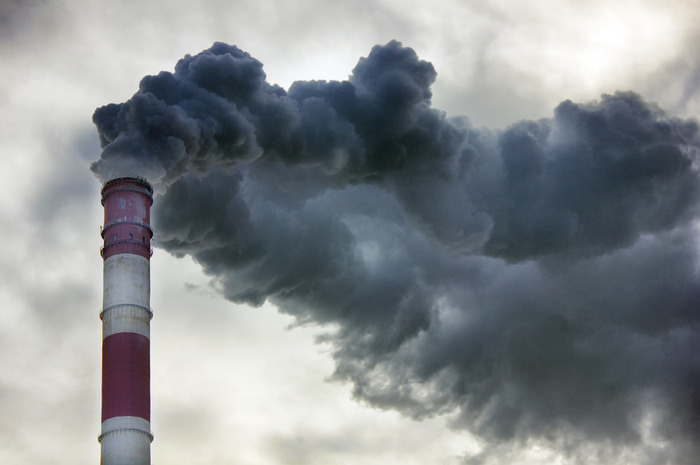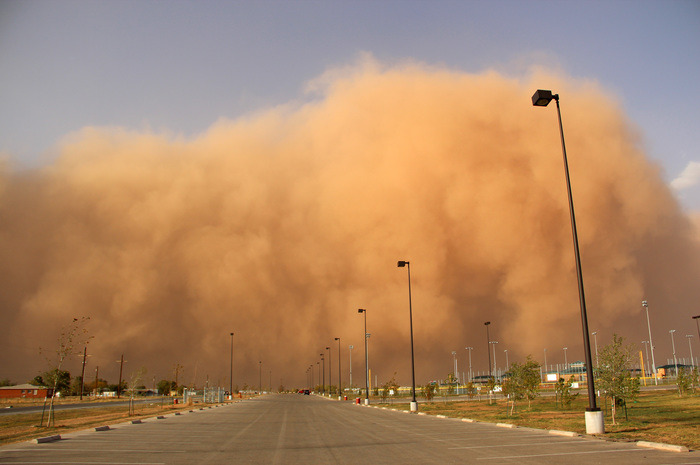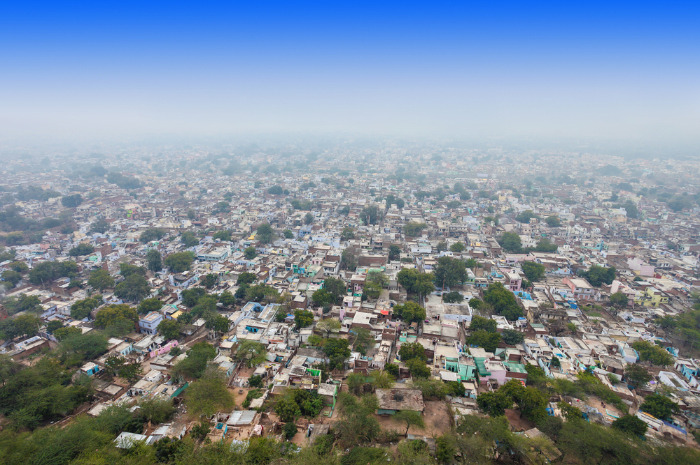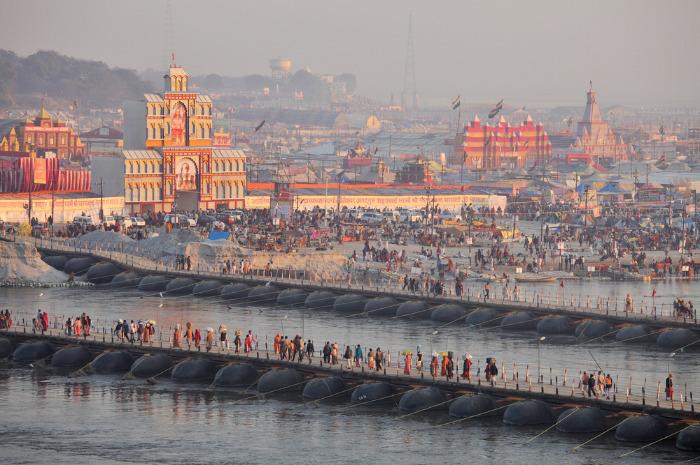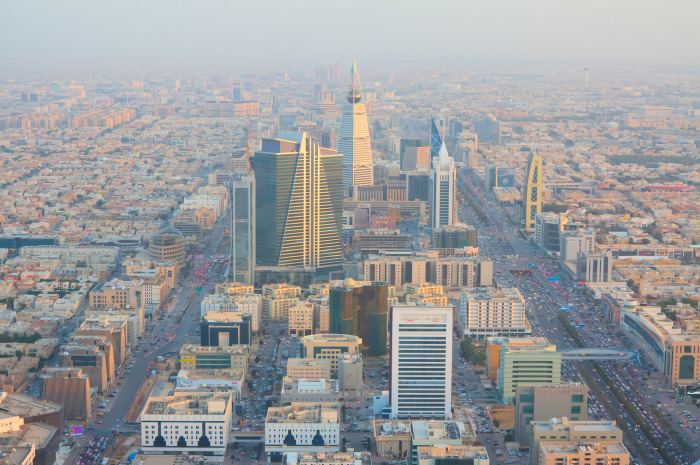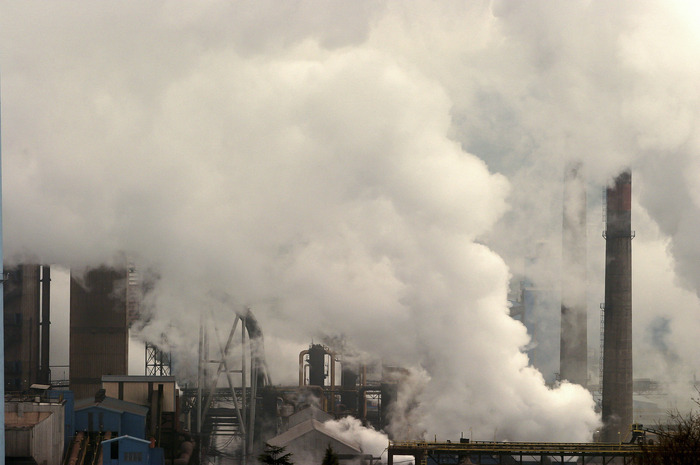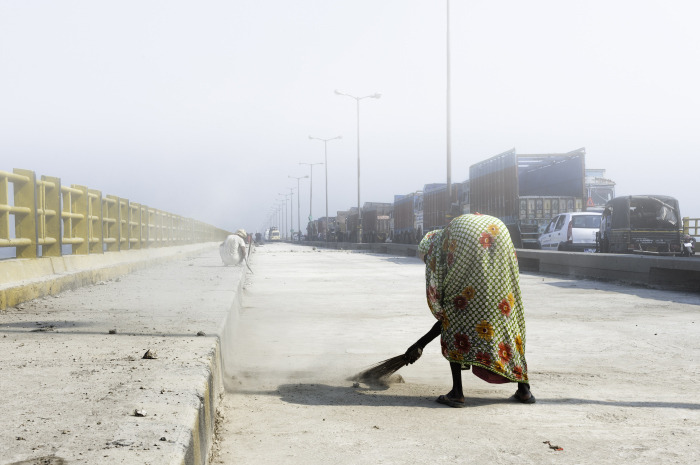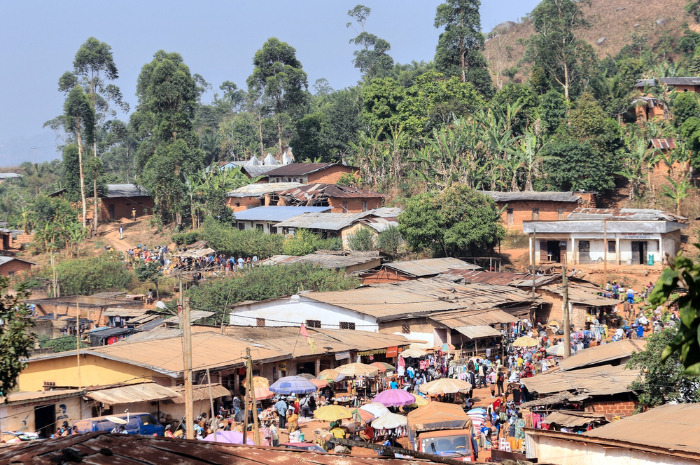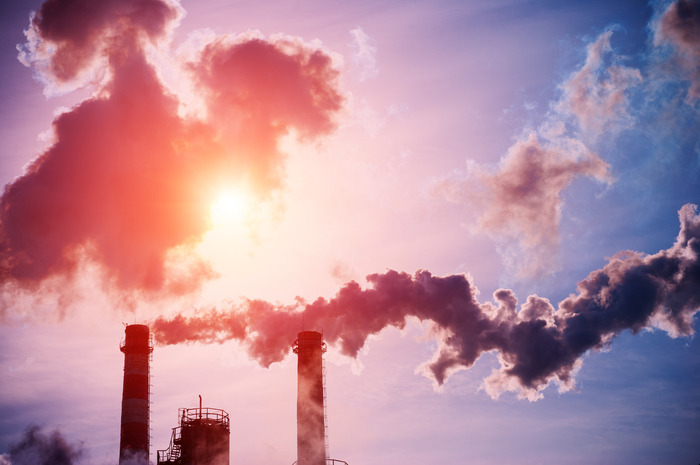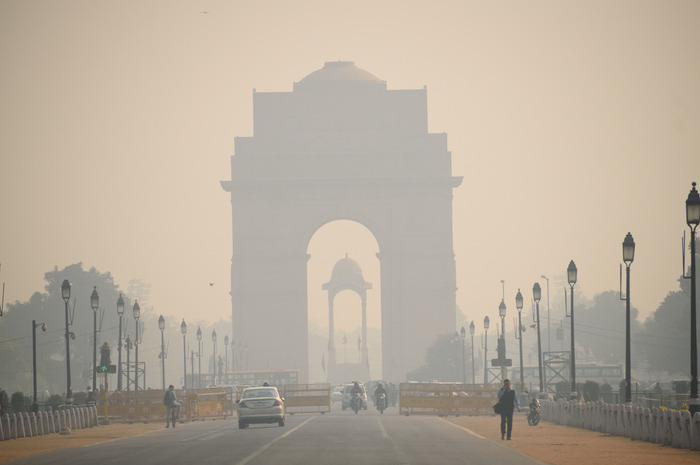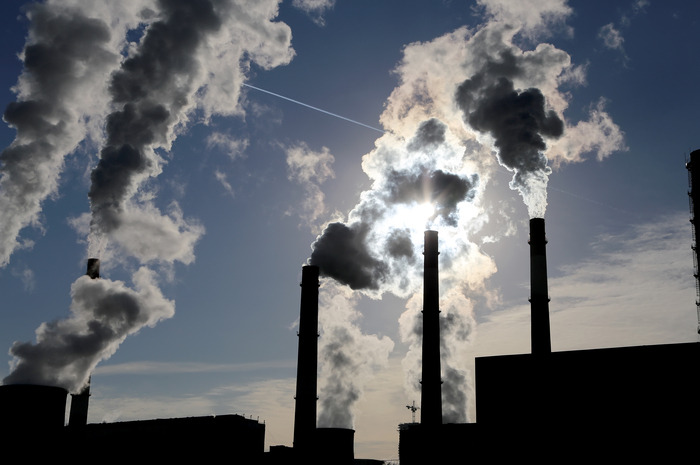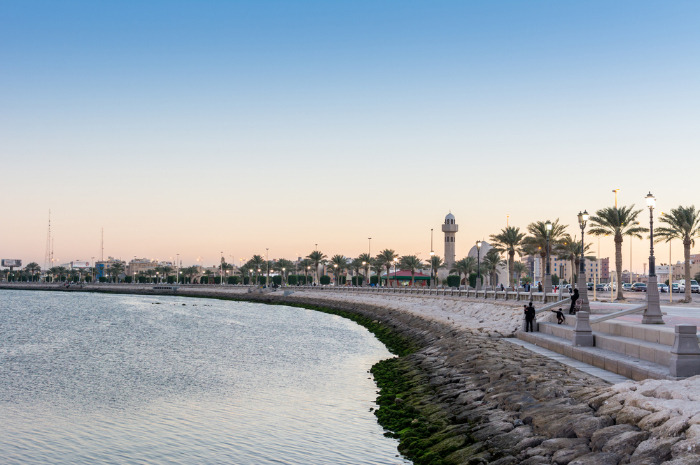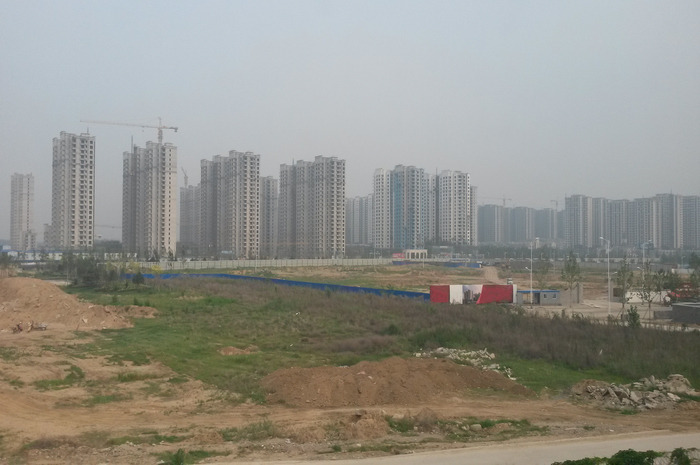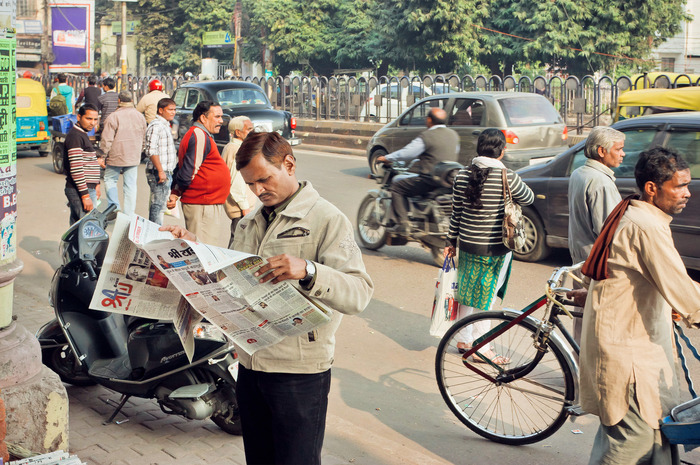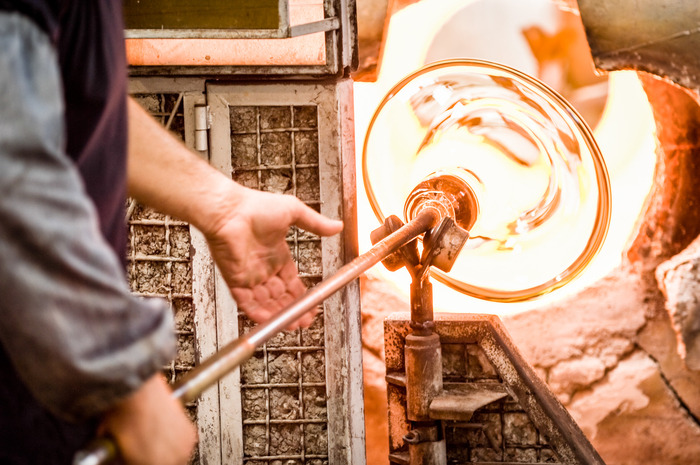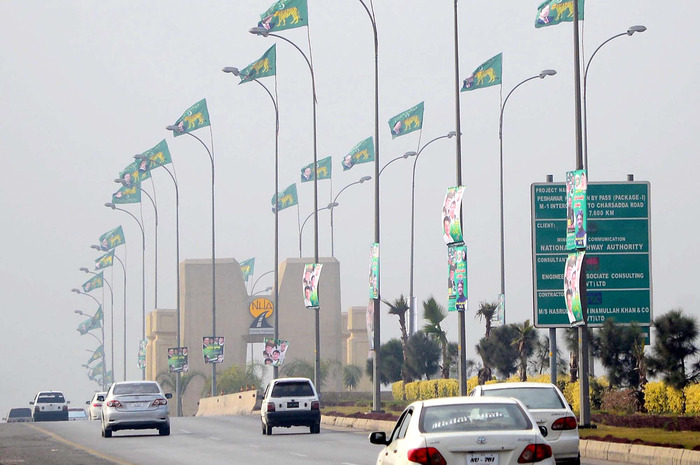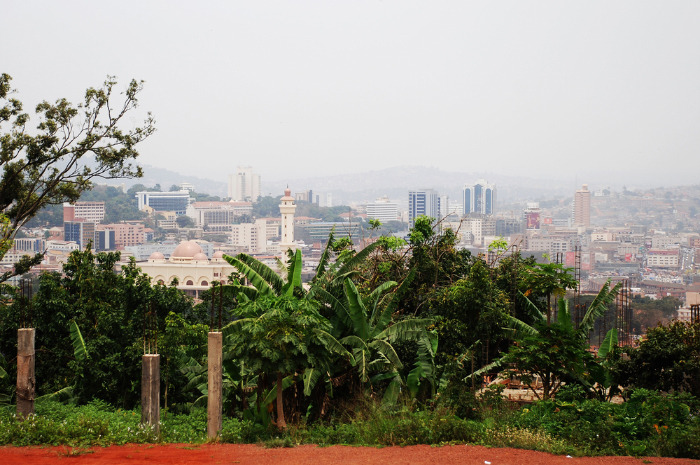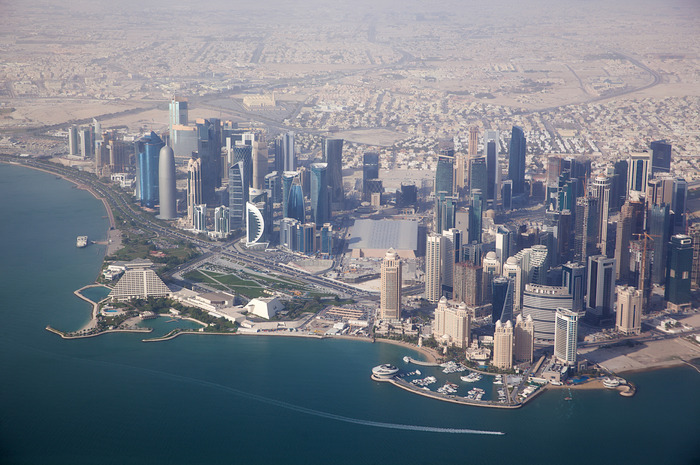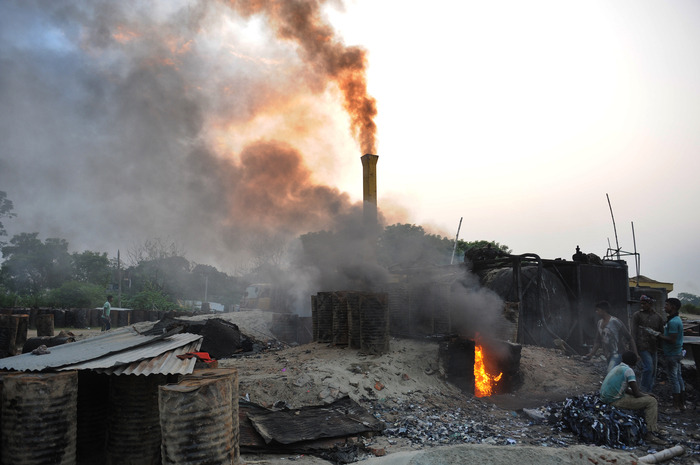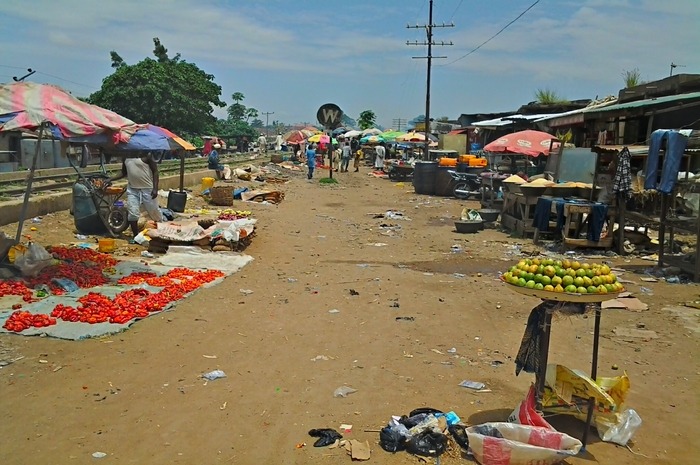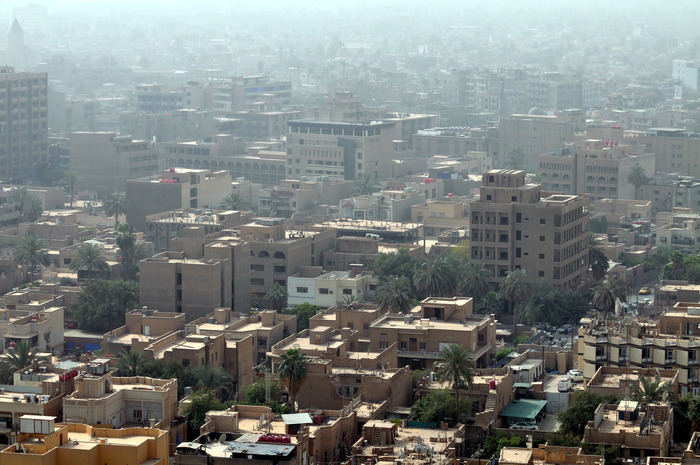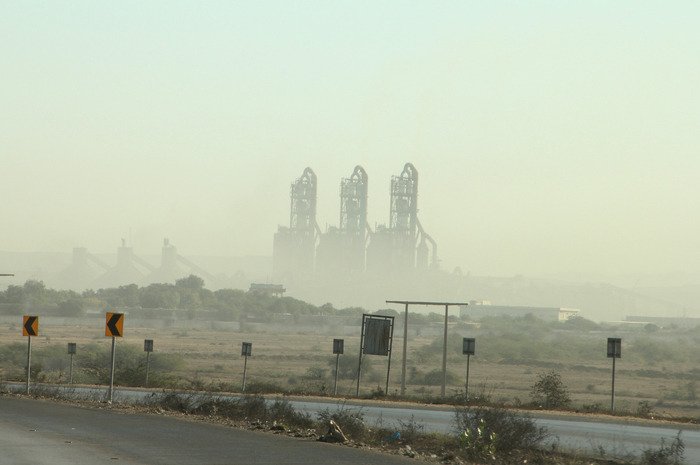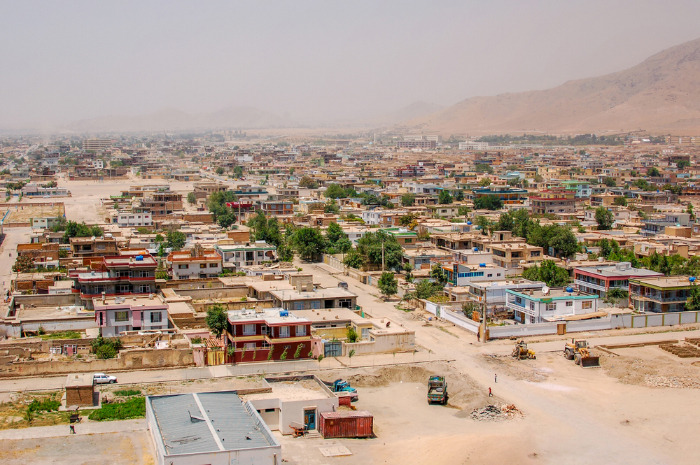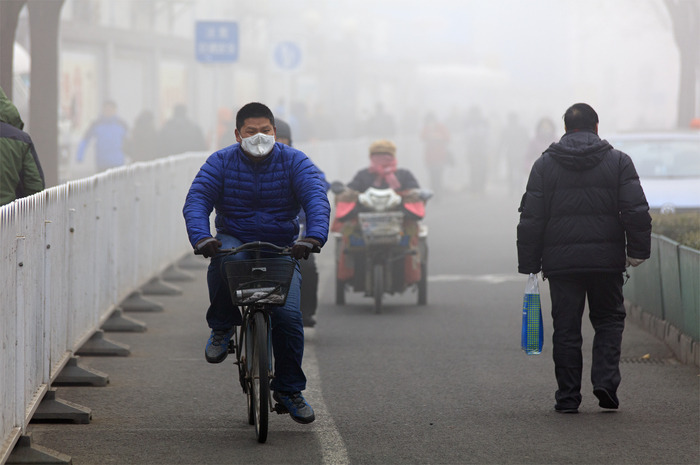Mega-Cities With Dangerous Pollution Levels
More than 80 percent of people living in urban areas that monitor air pollution are exposed to air quality levels that exceed the World Health Organization (WHO) limits, according to its latest report. The PM2.5 micro-particles, classed as a Group 1 carcinogen by WHO, are small and fine, making it easier to affect the respiratory system and thus particularly dangerous to health. The following list includes cities that are either industry hub, popular with tourists or have large populations.
Zabol, Iran
PM2.5 measurement of 217
The problem is the dust storms. When moisture is scarce, areas transform to dry lakebeds, and the fine sediments provide material for dust storms, according to NASA. Such storms can significantly impact people's health due to chemical dust particles.
Gwalior, India
PM2.5 measurement of 176
This is India's most polluted city. This is mostly due to human activity such as burning garbage and fossil fuels which makes the air dangerous to breathe. Other factors that contribute to the air pollution are coal-fired power plants, driving cars, inefficient use of energy in buildings, and use of biomass for cooking and heating.
Allahabad, India
PM2.5 measurement of 170
There are more than 7,000 new Diesel vehicles being registered every month. In comparison, there are just 125 buses in the city. Also, there is no system to cordon off construction sites, hence allowing dust particles to hang in the air, The Indian Express had reported.
Riyadh, Saudi Arabia
PM2.5 measurement of 156
Frequent sandstorms, exhaust from cars stuck in traffic, and industrial waste have been pointed out as the biggest culprits. Riyadh Gov. Prince Khalid in Bandar had ordered the formation of a committee to look into sources of pollution, according to Arab News.
Al Jubail, Saudi Arabia
PM2.5 measurement of 152
Heavy metals due to uncontrolled disposal of industrial waste into coastal area are a huge problem, according to the African Journal of Biotechnology. Wastes from domestic sources, as well as habitat destruction are also contributing to the bad air quality.
Patna, India
PM2.5 measurement of 149
"One of the major reasons for increasing pollution level in recent years is the dust spreading from ongoing construction sites in the city. The construction agencies do not follow the norms of properly disposing of the debris or covering the raw materials while transporting them," Bihar State Pollution Control Board scientist S N Jayaswal has said.
Bamenda, Cameroon
PM2.5 measurement of 132
A lot of dust, garbage and filth in slums pollute the air. One of the biggest culprits is deforestation. Changing weather patterns contribute to the poor quality of the air in this city, which is the third-most-populous municipality of Cameroon.
Xingtai, China
PM2.5 measurement of 128
This coal-mining city of more than 7.5 million people has topped charts of dirtiest cities in China for years because of factories that don't use modern pollution controls. There were only 38 days in all of 2013 that met the national standards for air quality.
Baoding, China
PM2.5 measurement of 126
Baoding is not very far from Beijing. Some days the smog is so thick you can actually see and taste it. People are used to wearing masks while walking outside through what looks like fog, but is actually smog.
Delhi, India
PM2.5 measurement of 122
A UK research said Delhi had a "toxic blend of geography, growth, poor energy sources and unfavorable weather that boosts its dangerously high levels of air pollution." Delhi is also among the dirtiest cities in the world.
Ludhiana, India
PM2.5 measurement of 122
Coal-burning power plants in are responsible for turning the air into a dusty fog with a misty grey color. Dissatisfaction with garbage disposal is very high, and so it water pollution, according to Numbeo. The level of PM10 particles is above 200, which is extremely high.
Dammam, Saudi Arabia
PM2.5 measurement of 121
The former fishing village has grown into a hotspot of the kingdom's energy industry due to oil.
Shijiazhuang, China
PM2.5 measurement of 121
The air quality index in the northern Chinese city of Shijiazhuang, Hebei province, exceeded 500 on Dec. 3, 2016 – the maximum reading – and it remained this high for several days. Levels above 150 are considered unsafe. Energy-intensive industries are blamed for the pollution.
Kanpur, India
PM2.5 measurement of 115
Among the major causes of air pollution in Kanpur are industrial sector, vehicles, road dust and domestic cooking. The industrial sector is the biggest cause of air pollution due to presence of many small scale industries, according to a report.
Lucknow, India
PM2.5 measurement of 113
Lucknow is often named the city with the dirtiest air in all of India by several organizations who measure air quality. The lowest pollution in November 2017, for example, had an Air Quality Index of 238, listing it under 'poor' category. (AQI of 101 or above is considered unhealthy for sensitive groups, and above 151 unhealthy for everyone.)
Firozabad, India
PM2.5 measurement of 113
The pollutes the air in this city of more than 760,000 people is the thriving glass industry. Factories have even earned the city the nickname City of Bangle. A cause of concern is nitrogen dioxide whose levels had increased by 1.4 to 2.6 times when compared with the levels measured in 1993, according to a study.
Peshawar, Pakistan
PM2.5 measurement of 111
The vehicular emissions, waste burning, construction work, debris, dust, broken roads, poor collection of waste, smoke discharged from brick kilns are contributing to air pollution, according to experts.
Kampala, Uganda
PM2.5 measurement of 104
Vehicle emissions are a leading cause of air pollution in Kampala where 1.5 million people live. Mining and open waste burning are also big contributors.
Doha, Qatar
PM2.5 measurement of 93
Although Qatar's pollution readings are some of the worst in the world, the number of deaths attributed to poor air quality is not as high, according to a WHO report – 31 out of every 100,000 people will die as a direct result of pollution.
Dhaka, Bangladesh
PM2.5 measurement of 90
Brickfields in Bangladesh expel over 9.8 million tons of greenhouse gases into the air annually due to a combination of old technology, weak environmental legislation and enforcement and lack of corporate responsibility, according to the World Bank.
Kaduna, Nigeria
PM2.5 measurement of 90
Kaduna is among the worst offenders of PM10 – inhalable particles that are less than 10 microns in diameter, about 1/7th the thickness of the human hair. They are a major component of air pollution that threatens people's health.
Baghdad, Iraq
PM2.5 measurement of 88
The residents of Baghdad, Iraq drink water of poor quality on a daily basis; this making Baghdad one of the dirtiest cities in the world. Water-borne diseases are transmitted to the people. Exposure to toxic materials from explosion of munitions and burning of military waste are major contributors to air pollution, according to a study.
Karachi, Pakistan
PM2.5 measurement of 88
Some areas of the largest city of Pakistan, and the most populated one, are filled with smog. Waste treatment plants in Karachi have been rejected by previous administrators claiming that the task does not fall in their domain, according to local media. Lack of capacity of sewerage treatment plants is also a problem. In addition to lack of sanitation and clean water, emissions form cars and busesas well as factories burning garbage pollute the city.
Kabul, Afghanistan
PM2.5 measurement of 86
Air pollution in Kabul may be hastening the death of over 3,000 people every year, according to the Ministry of Public Health. Studies indicate cardiovascular and respiratory diseases resulting from air pollution in Kabul are increasing the country's crude mortality rate by 4 percent a year.
Beijing, China
PM2.5 measurement of 85
The Chinese capital issued its first ever "red alert" for the city in December 2015. Such warning is issued when the Air Quality Index is forecast to exceed 200, a level the U.S. deems "very unhealthy," for at least three days.
